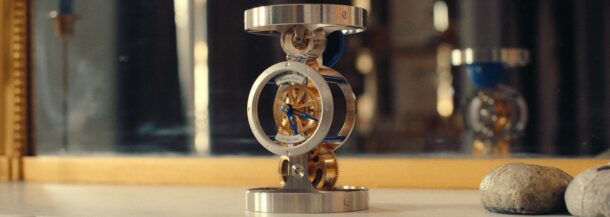The clocks
Maison Alcée takes you on a discovery of an object sometimes perceived as obsolete: the clock.
Discover the history of this timepiece through the ages.
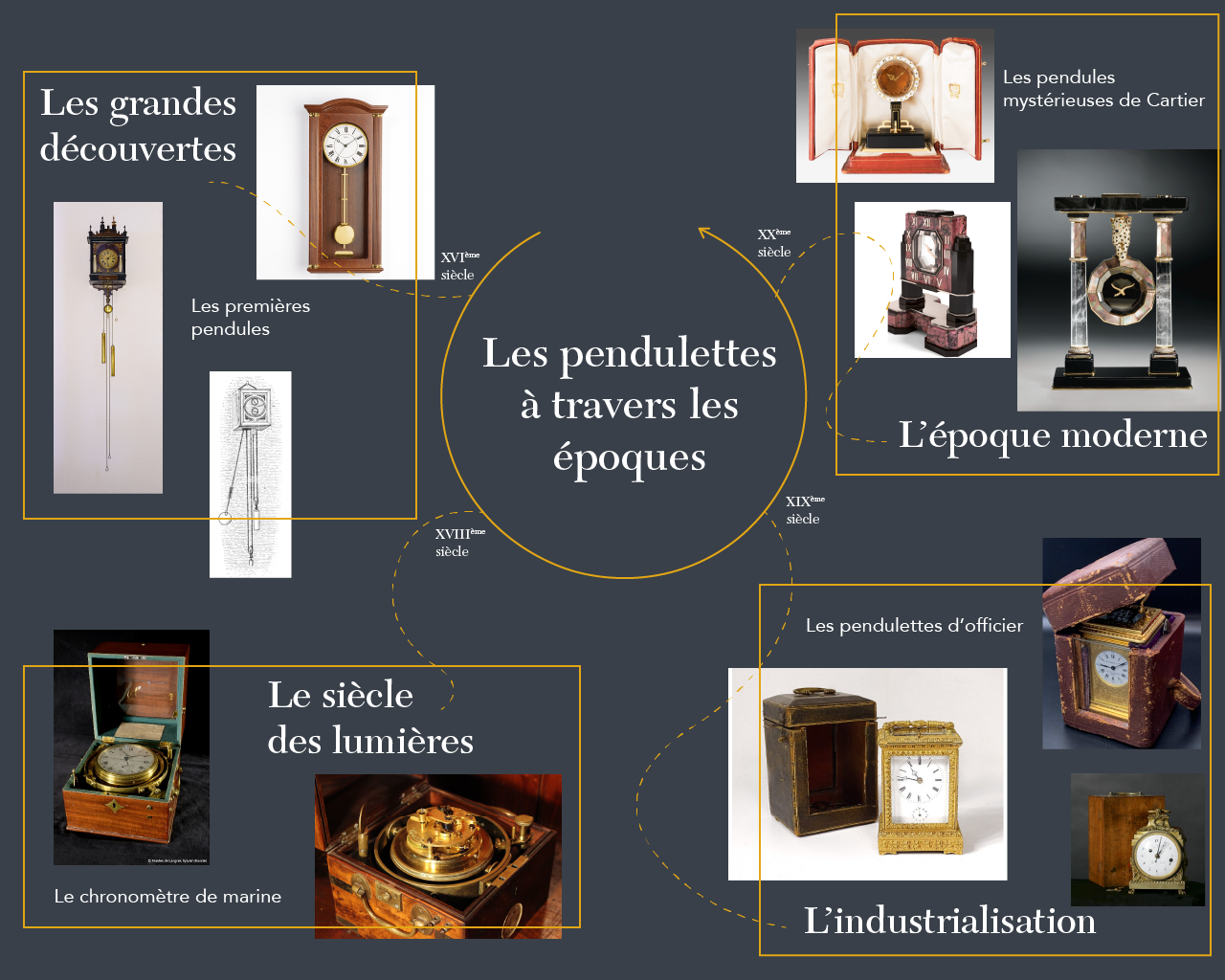
Pendulum clocks
The great discoveries, the sixteenth century:
The pendulum clock or simply pendulum is distinguished from conventional clocks by its operation.
This has the particularity of having its own period.
This mechanism revolutionized the world of watchmaking.
At the time, the clock was far more accurate than any other measuring instrument.
This watchmaking innovation made it possible to create less massive clocks.
It allows the appearance of a component present on every timepiece today: the minute hand.
The creation of the clock opened the way to the miniaturization of watchmaking objects.
The clock was then invited into homes, although it remained reserved for the richest.
It was a testament to his wealth and status.
Did you know: In the middle of the sixteenth century, John Calvin left France for Switzerland to defend the ideas of the Protestant Reformation.
Decorative objects such as jewelry were forbidden in one of the reforms.
As watchmaking is not considered a decorative universe, it underwent significant development.
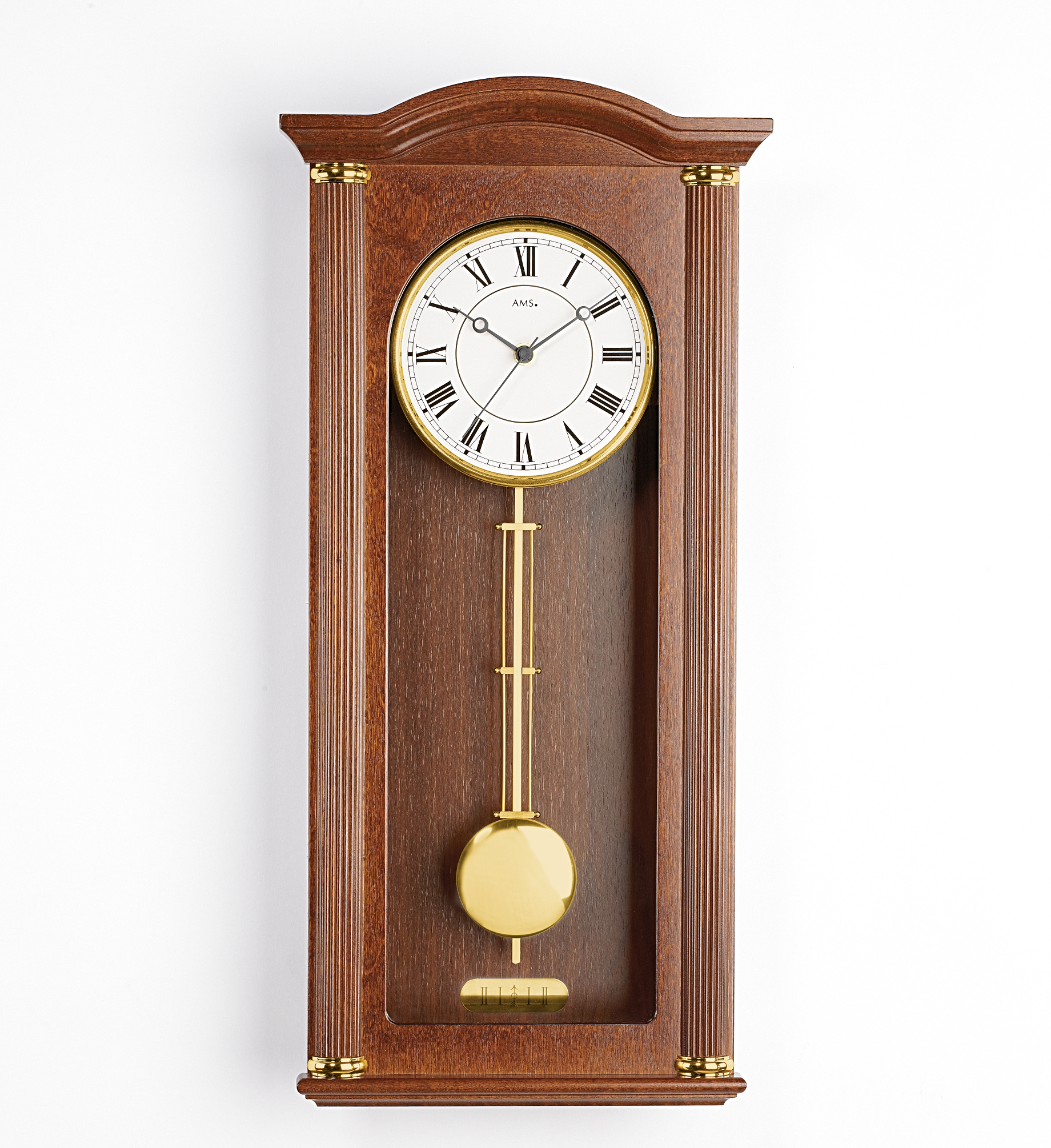
The marine chronometer
The Age of Enlightenment, the eighteenth century:
Did you know: Inaccuracies in the determination of longitude could create tragic errors.
This was the case in 1707 when the British squadron, returning from the Mediterranean, found itself plunged into fog thinking of approaching the English Channel.
The captain of the ship found that he was at the level of the Isles of Scilly.
But it was already too late, four ships struck land, and 2,000 men perished.
This tragedy reinforced the idea that it was urgent to find solutions to better find one’s way at sea.
During the Age of Enlightenment, many inventions were born, including the marine chronometer for navigation.
This was used to determine longitude at sea but also to precisely define the time it was.
It seems that the first marine chronometer created was Jeremy Thacker’s in 1714 submitted to the Longitude Act competition.
This competition was launched in England to create an instrument capable of calculating longitude, a technical advance that was still impossible at the time.
The marine clock is set to the time of the Greenwich meridian, which is considered to be the prime meridian.
This clock was triggered when the ship left in addition to the maritime tables already used on ships.
In order that the longitude could be determined, an officer was instructed to observe, by means of the marine chronometer, the time of the passage of the sun or a star over the meridian of the place where the ship is located.
The difference between the time of passage and that given by the maritime tables at which the Sun or star is to pass at the Greenwich meridian indicates the longitude of the place to the east or west in relation to Greenwich.
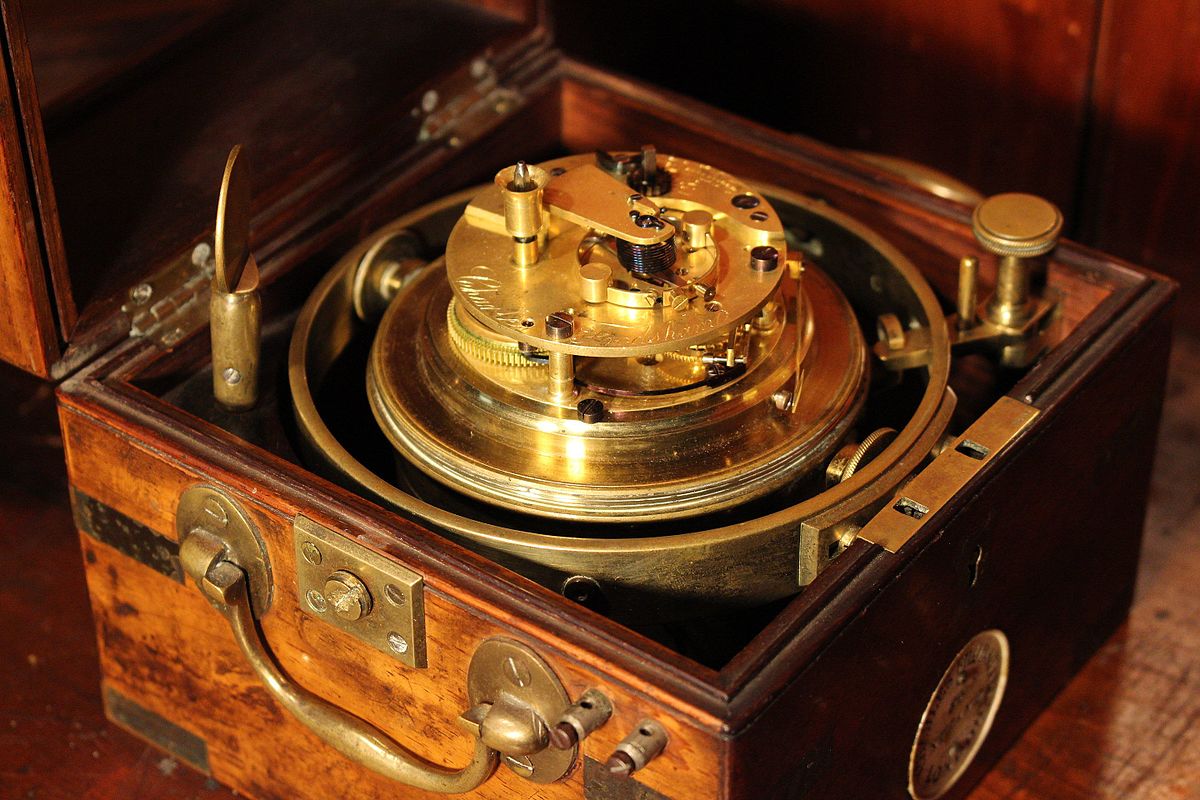
Officers’ clocks
Industrialization, the nineteenth century:
Created in 1798 by Abraham-Louis Breguet, officers’ clocks owe their fame above all to Napoleon Bonaparte who, before the Egyptian campaign, commissioned a “travel clock” from Breguet.
The name “officer’s clock” comes from an anecdote telling that Napoleon, exasperated by the regular tardiness of his officers on the battlefield, asked his officers to have one with them.
However, many agree that their name comes from the wording used during the orders placed, namely “a clock for officers”.
These clocks were placed in transport cases with a handle on the top so that they could be taken everywhere, protected by velvet covering the inside of their case.
The case was open on the front so that the time could be read on any occasion.
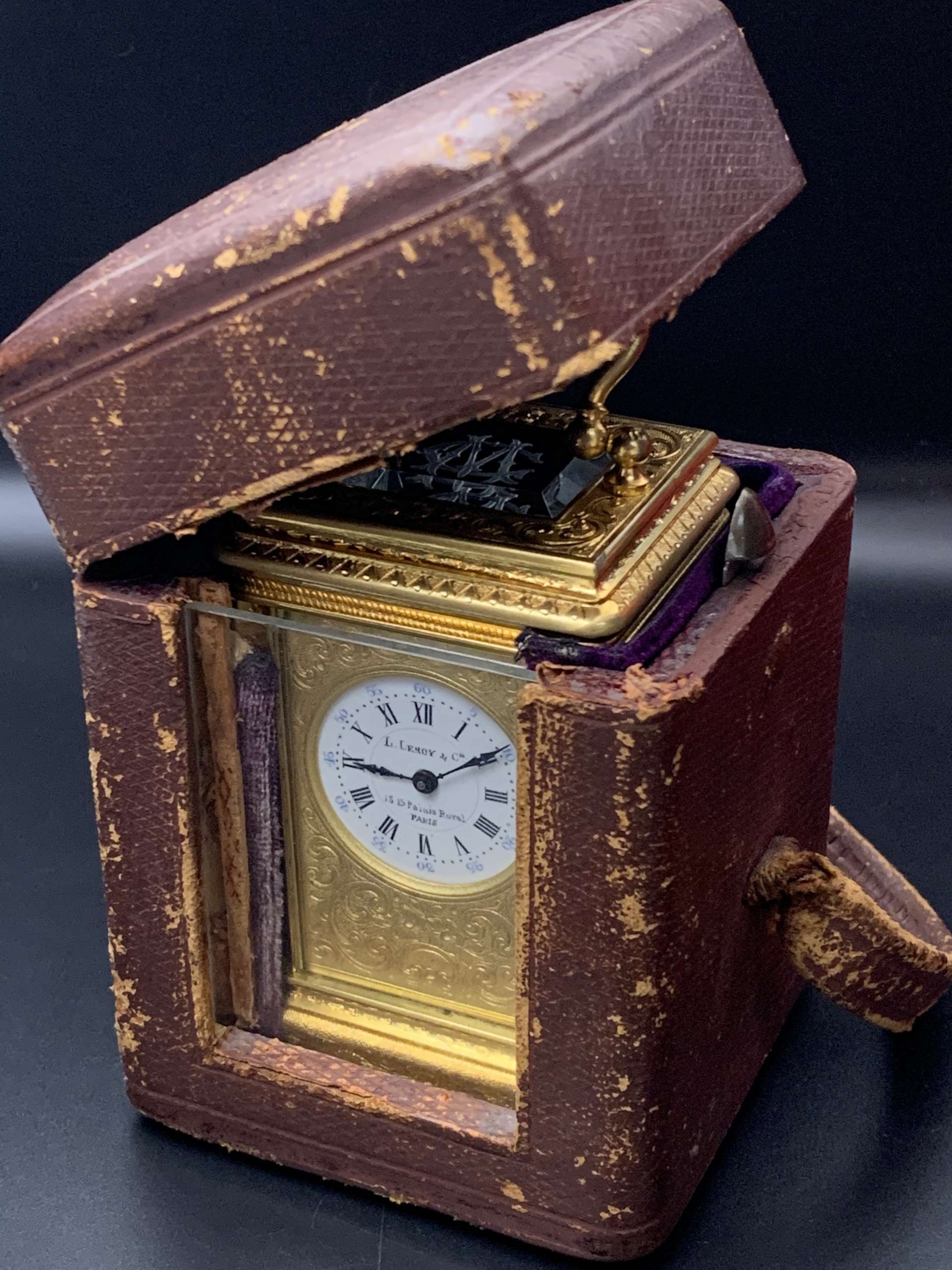
The mysterious clocks
The modern era, the twentieth century:
Created for Cartier, the first mystery clock was released in 1912 under the name ” Model A “.
Maurice Couet, their creator, was inspired by the clocks of the famous illusionist Jean-Eugène Robert-Houdin.
The principle of these clocks is based on an impressive innovation.
The hands are not directly connected to the movement but are attached to two glass discs with serrated metal edges.
The hands are driven by the movement, which is usually housed at the base of the pendulums.
It is these glass discs that will then drive the hands, one rotating at the speed of the minutes, the other at the speed of the hours.
To make the illusion perfect, the edges of the discs are concealed by the hour circle.
In 1920, the central axis model was born.
Unlike the Model A, the discs are not driven by two axes starting from each side of the base but by a single axis.
In 1923, Cartier made a final technical evolution, the movement was housed at the top of the famous Portique mystery clocks.
There are several models of mysterious clocks, including:
- Mysterious Portico
- Art-Deco mystery clock, inspired by the empire state building
- Mysterious Pendulum The Sky
There are many others, all equally impressive and magnificent!
Mystery clocks are extremely rare and sometimes require more than 1,000 hours of work.
They evoke the suspension of time.
These clocks reflect a beauty and elegance that is entirely jewel-like, the priceless know-how of Cartier.
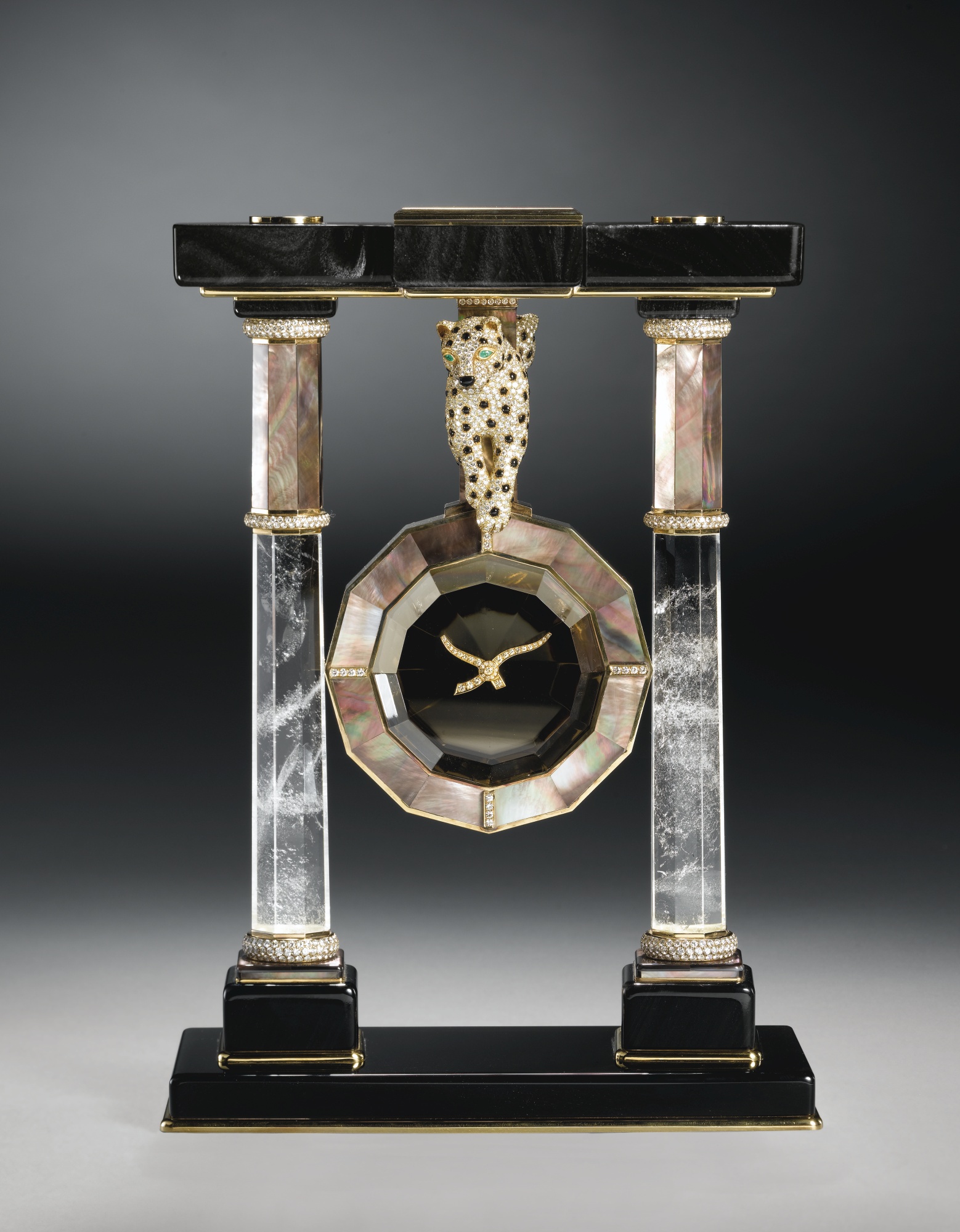
The clock has marked history and that of watchmaking in particular.
It is one of the symbols of the passing of time. Maison Alcée is committed to perpetuating the beauty of this timeless timepiece.



 French
French English
English